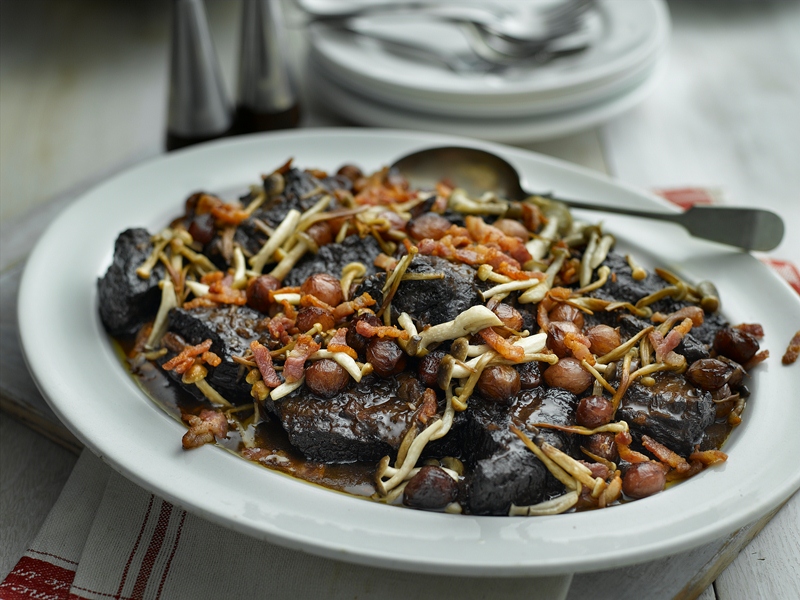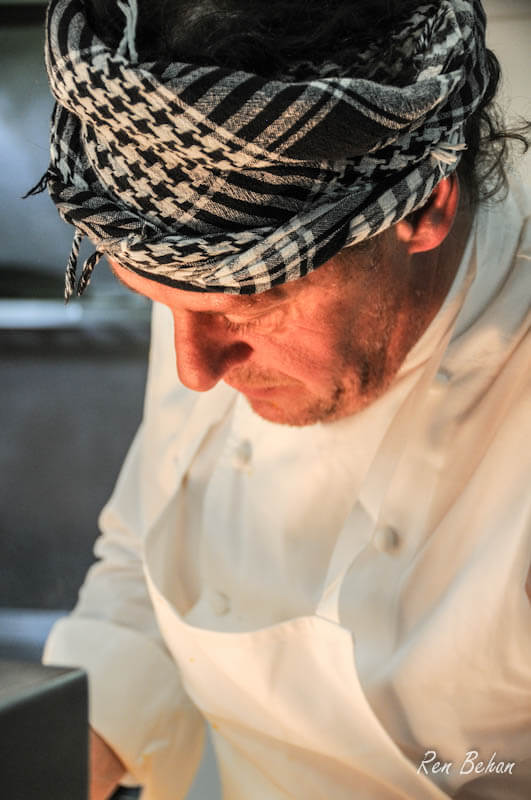Giveaway: Boeuf Bourguignon Dinner Kit
As the dark nights draw in, the slow cooker and ‘one-pot’ pans are put to work in my kitchen. The season for comfort…

As the dark nights draw in, the slow cooker and ‘one-pot’ pans are put to work in my kitchen. The season for comfort…

Whenever I go along to a cookery class or a food event I go with the intention of learning something….
You may remember that a little while ago I was invited to attend a Knorr event to meet and watch…
Last week I was invited to attend an event hosted by Knorr to launch their new ‘Best of British’ campaign. Now I don’t…